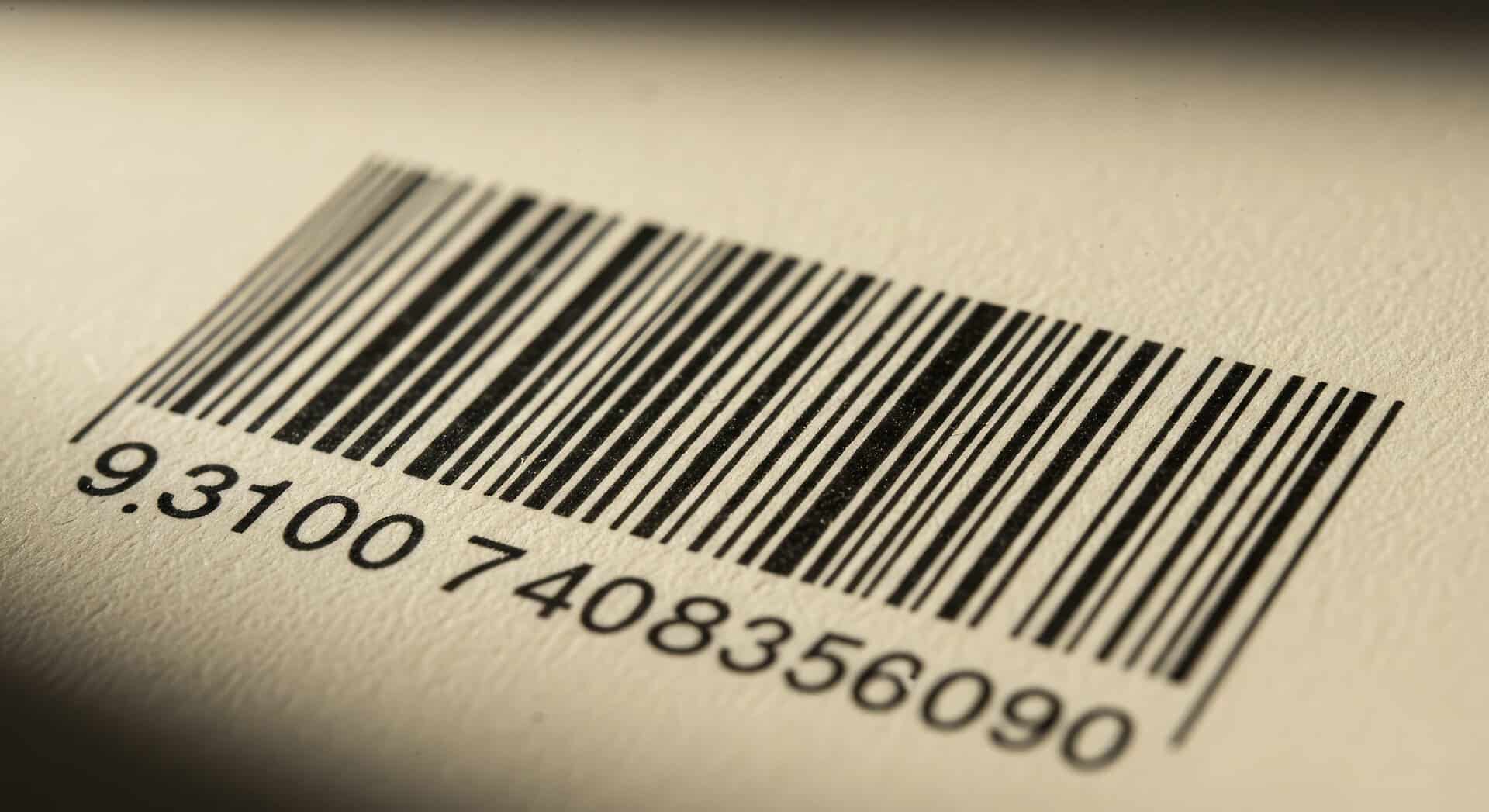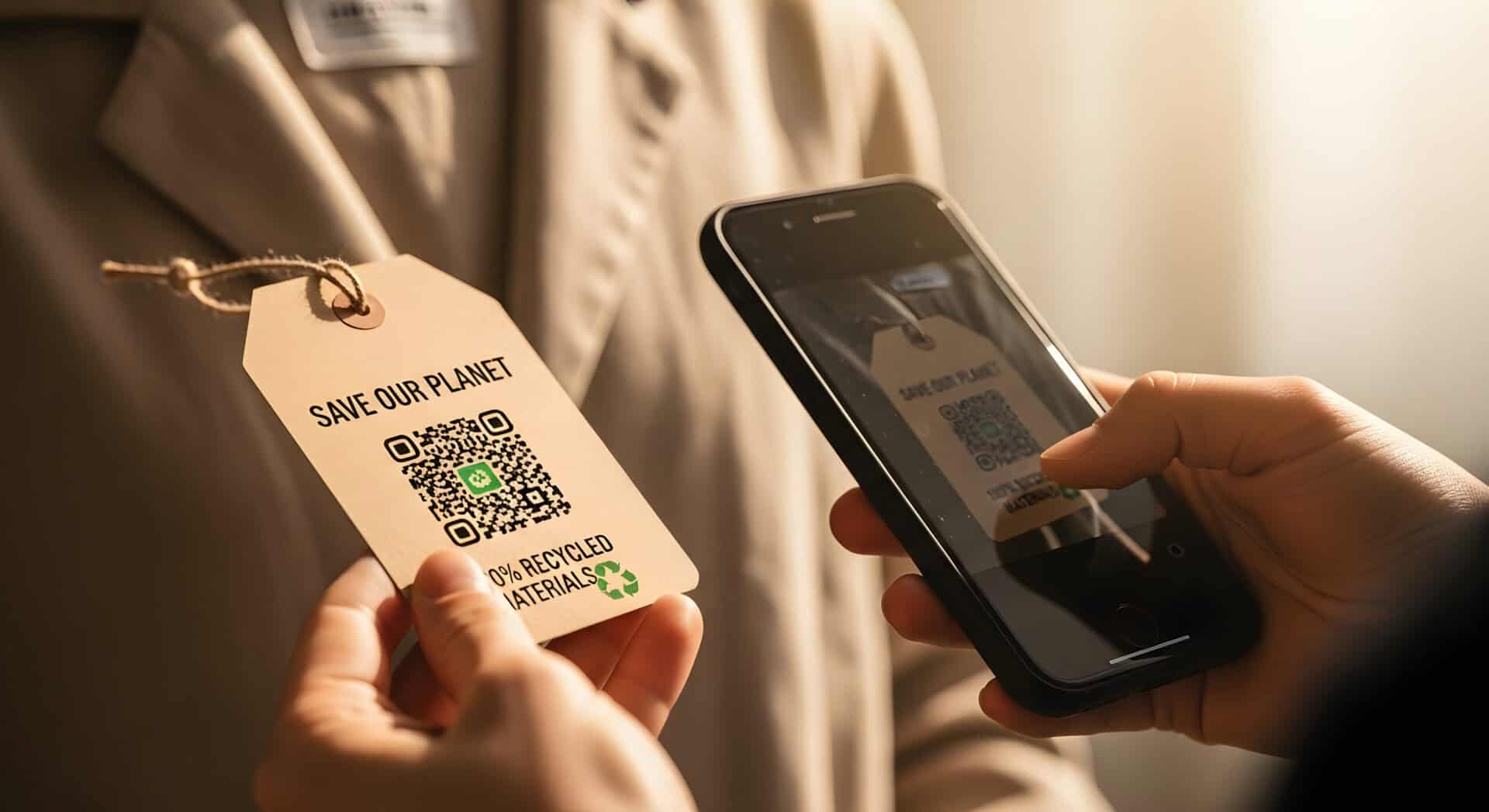Partner Blog By: JENNA WAGNER/TEKLYNX
Originally appeared on The Human Readable Blog, by TEKLYNX.
Most companies with supply chains are far from where they could be to deal with large-scale (and often unplanned) disruptions. Human error or natural disasters not only impact products going into market, but getting food on tables and medicine for those who need it.
While businesses and disasters vary widely in scope and complexity, this blog will outline things to consider as you’re creating or updating business continuity plans to ensure key business needs that require labeling are being met when faced with disruptive events.
What is BCDR?
Business continuity and disaster recovery (BCDR), helps to mitigate the negative effects of a significant disastrous event to keep a business operational through the disruption. At a high level, disaster recovery is focused on tools and procedures to enable the recovery or continuation of vital technology infrastructure, while business continuity is focused on the plan and actions to take during a disaster to maintain operations. Emergency events include natural disasters, a business crisis, pandemic, workplace violence, or any event that results in a disruption that may stop or significantly impact successful business operations.
Disruptions or Requirements that Influence Labeling
-
When manufacturers are running outdated or inefficient labeling processes, recovering from disaster has its challenges. Some of the most common disruptions we see are primary servers going down, planned or unplanned system maintenance, and computer crashes.
You can lean on your technology partners and experts, like TEKLYNX, when disruptions occur. Having the right team in place for your labeling environment, with experience in recovering label management systems, consulting with you on disaster recovery for your organization’s labeling environment, or implementing mobile device management solutions, is essential to maintain business operations when the unexpected happens.
Customer Support: We know success needs support, so we work hard to help our customers minimize downtime and make the supply chain work. Our team also provides guidance on integrating RFID technology to further improve visibility and efficiency.
- Software Maintenance Agreement (SMA): Our SMA entitles you to free access to technical support for label design products, regardless of the support cycle.
- Consulting: We can help you uncover creative ways to mitigate label printing disruptions, assist in label management system recovery, implement lean processes, and develop centralized label management strategies.
We have also implemented our solutions in high availability (HA) manufacturing environments. HA environments or systems are well-tested and dependable enough to operate continuously to avoid failure. To reduce interruptions and downtime, it is essential to be ready for unexpected events that can bring down servers.
HIGH AVAILABILITY ENVIRONMENT USE CASE
Dot Foods is the largest food industry redistributor in North America and has been helping companies move food products more efficiently and cost-effectively from the manufacturer to distributor since 1960. Headquartered in Mount Sterling, Illinois, Dot Foods helps 1,100 food manufacturers within their 14 distribution centers across North America.
Dot Foods collaborated with the TEKLYNX Enterprise Team to determine that CODESOFT and SENTINEL would be the right fit for Dot Foods. This solution would help Dot Foods meet their internal labeling security requirements to maintain a HA environment, have the ability to automate printing to their large volume of printers, and included TEKLYNX world-class technical and customer support before, during, and after implementation.
With their newly implemented SENTINEL automated label printing solution, Dot Foods was able to maintain their HA environment and gain reliability with their new labeling software in all 14 distribution centers across North America. Read the full case study.
Planning, Prevention, and Recovering Your Labeling System
Business continuity refers to the way a business maintains operations during a time of technological malfunction or outage. In our case, disaster recovery for labeling refers to the way labeling software applications are restored following a damaging event.
As a first step, inventory what you have and where you have it installed – locally, nationally, or globally – and document your licensing information. Know the serial numbers, versions, the workstations or networks it’s installed on, servers, authorized users, and system integrations. If you know the what, where, and who, you’ll have a better understanding of how a disaster will impact workflows to be able to recover quickly.
WAYS YOUR LABELING SOFTWARE AND PRINT AUTOMATION SOLUTIONS CAN SUPPORT BCDR:
- Stay on the most up-to-date version of your software. Legacy versions are unlikely to be supported should something happen to the workstation it’s running on. Subscription-based licensing not only ensures you have access to the latest version to install, but includes free technical support.
- Always have your labeling software installed on multiple workstations with networking licensing. With more than one user able to access and use the software at a time, one workstation going down won’t significantly impact productivity.
- Install barcode label software solutions on virtual machines (VMs). Businesses not only can seamlessly failover to VMs, but can restore those VMs quickly and efficiently, making file and application access simple. All TEKLYNX licenses on version 2021 or newer are VM-compatible. Regional differences may apply.
- Rely on automatic back-up server activation for print automation. SENTINEL’s automatic back-up server activation process can ensure there are no interruptions in labeling workflows during server upgrades, unexpected shutdowns, or scheduled maintenance. If your primary server shuts down, your secondary server automatically becomes the primary server and once your primary server is up and running, the secondary server switches to back-up.
- Store your labels centrally in a SQL database with LABEL ARCHIVE. This now allows your labeling to be recovered as easily as your data.
- Leverage browser-based label printing with TEKLYNX CENTRAL for centralized controls to help system administrators coordinate or reestablish licensing. System-wide settings can be defined in a single location and rolled out across the organization.
- Migrate to cloud-hosted label printing. One of the benefits of this SaaS model is there’s no need to manage and maintain infrastructure for a local server.
Using one or more of these strategies can help prepare your labeling system for unexpected issues.
TEKLYNX Is Here to Help You with Business Continuity and Disaster Recovery
Our support team works hard to make sure our customers are taken care of. Get in touch with Lowry Solutions to learn more about how our solutions support disaster recovery for labeling. Regardless of whether you are considering TEKLYNX for the first time or you have been a long-time customer, we’re here for you.


